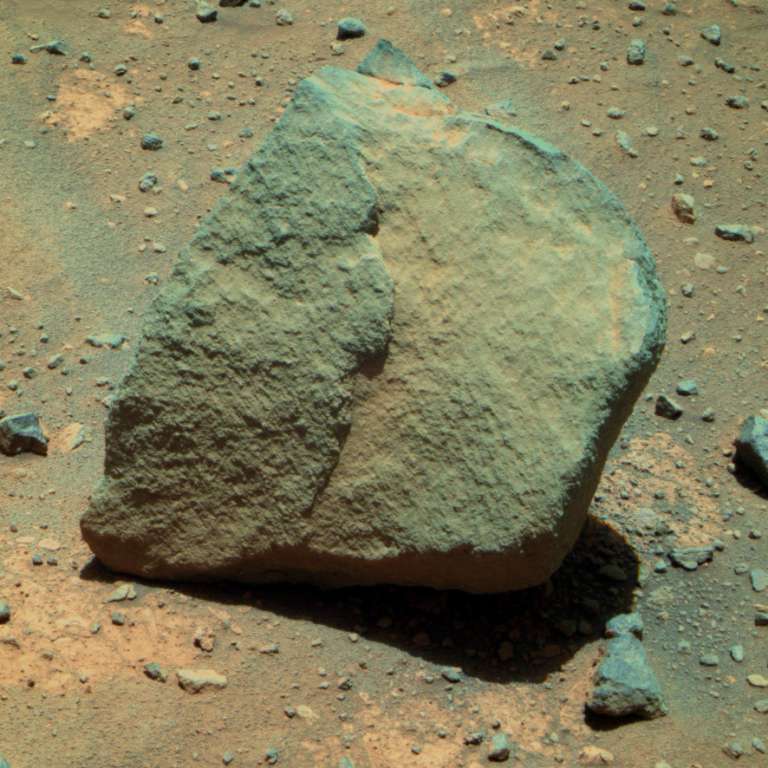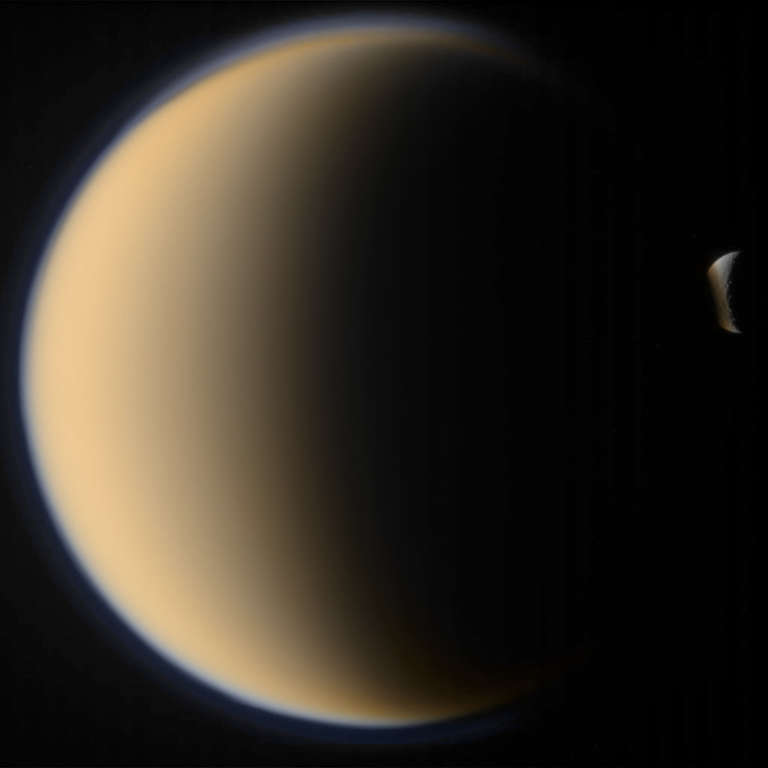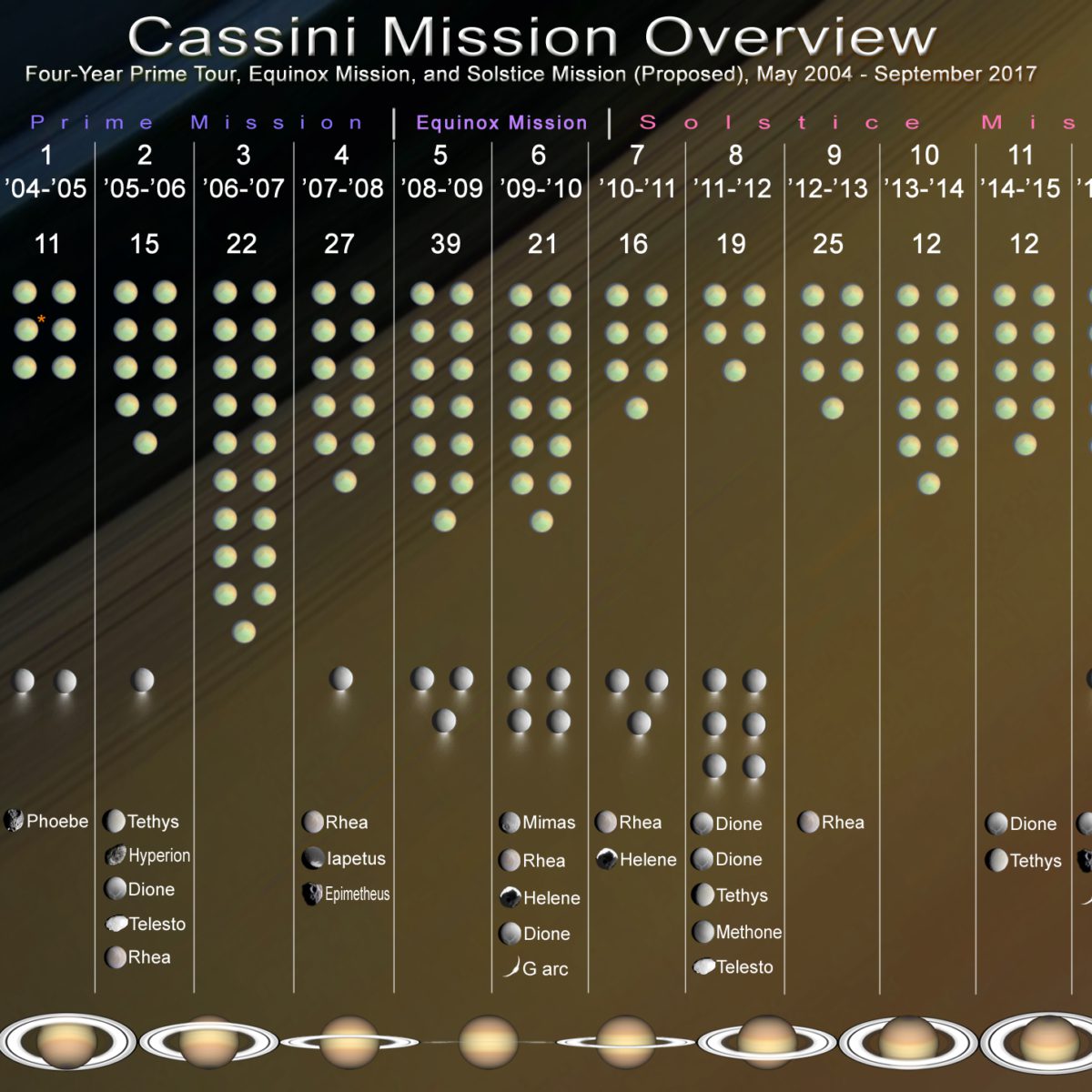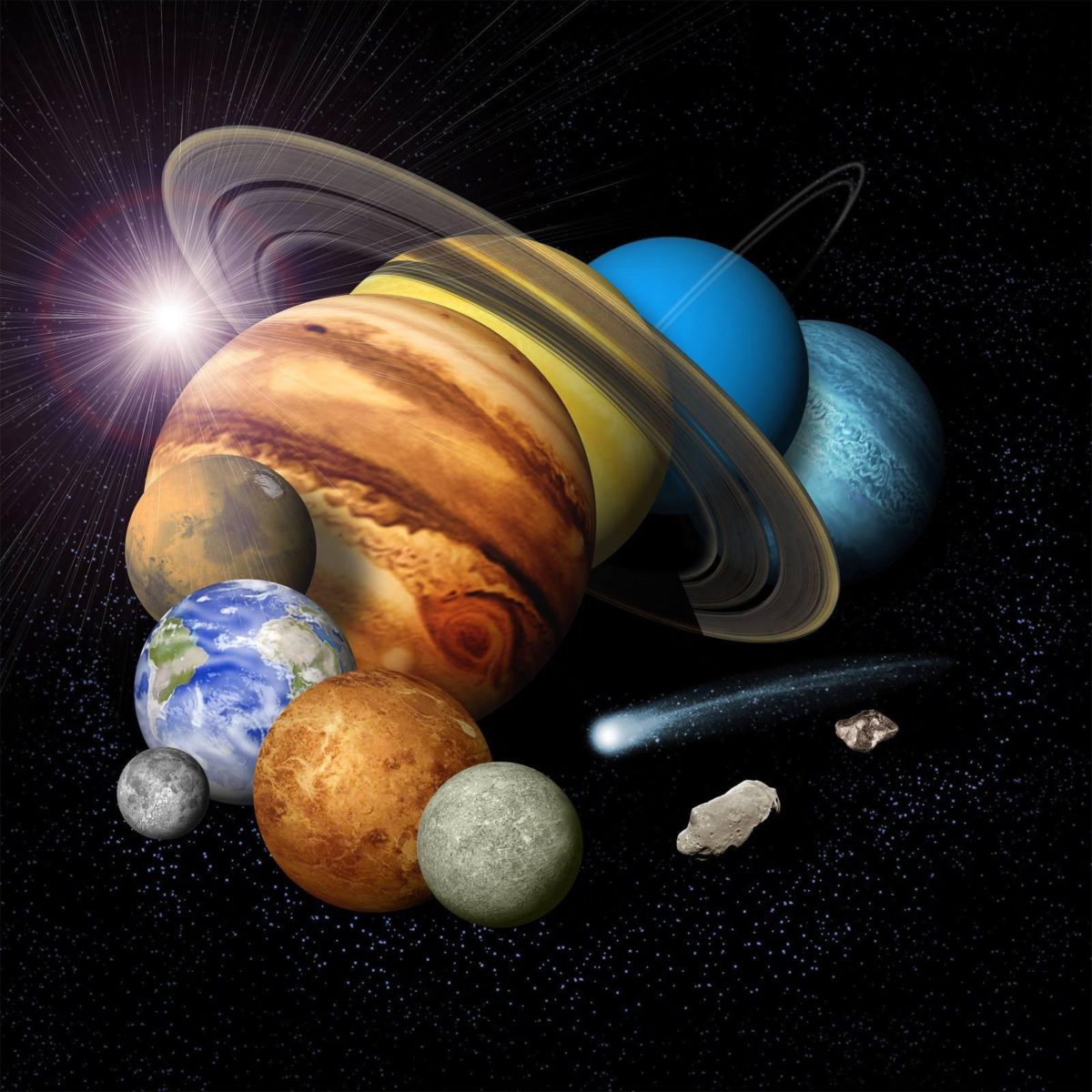All
All
Stories, updates, insights, and original analysis from The Planetary Society.
Space Imaging II: Getting Started with MER and Cassini Raw Images now available for download
I probably crammed too much into today's class: an hour-and-a-half whirlwind tour through the cameras on the rovers and Cassini, how to access their raw images on the Internet, and some basic processing that you can do with each of them.
Opportunity's poking at Marquette Island; Cassini's catching dancing moons
Since tomorrow's class is going to be on playing with raw images from the rovers and Cassini, I've been playing with recent raw images from the rovers and Cassini! I just thought I'd share a couple of the fun items I've been working with.
Another marvelous image from Cassini's Nov 2 Enceladus flyby
This image goodie was produced from the raw images from Cassini's close encounter with Saturn's geyser moon Enceladus yesterday by Gordan Ugarkovic.
Cassini's Enceladus encounter, with bonus Tethys
Raw images from Cassini's close pass by Enceladus today started appearing on the JPL raw images website, and some less-compressed versions of a few of them showed up on the CICLOPS website.
Fun Friday photo: Titan and Rhea
Cassini recently captured a series of images documenting Rhea passing behind Titan.
What "phase angle" means
As is probably obvious by now, I love playing with spacecraft image data. I am always looking for excuses to dive into space image archives to unearth images of stuff in space that haven't really been seen by very many people before.
Spinning spokes in Saturn's rings
Here's a neat animation captured last month by Cassini and assembled by Mike Malaska: spokes in Saturn's B ring.
Saturn shadows shift with the seasons
So many goodies on the Cassini raw images website lately! I am especially excited when Cassini takes photos through red, green, and blue filters so that it's possible to create views that look roughly like what you'd see with your own eyes.
Fun for Sunday: Titan and Tethys pas de deux
Checking in on Cassini's raw images this weekend, there are several nice shots to play with, including the many frames from which I tossed together this cute animation.
Rhea, Enceladus, Mimas, and Tethys, oh my!
With the last Titan flyby on October 12, Cassini came back to an orbit that's nearly in the equatorial plane, and immediately rewarded us with some fine views of several of the icy moons. Here are a bunch of images of those moons.
The Phoebe ring
Last week, planetary astronomers Anne Verbiscer, Michael Skrutskie, and Doug Hamilton published a paper in Nature succinctly titled
OMG! Aurora!
Unmannedspaceflight.com member Astro0 was fiddling around with an interesting-looking sequence of Cassini images when he discovered their purpose -- they were gathered in order to see if Cassini could catch aurorae flaring into being near Saturn's north pole. Cassini sure did!
Changes in Titan's southern lakes
Today's science press release out of the Division of Planetary Sciences meeting concerns changes in lakes near Titan's south pole observed during Cassini's mission. In brief, repeat Cassini RADAR observations of the same spots during different Titan flybys turned up places where there appeared to be dark lakes in earlier images and dry lakes in later images.
The "Water on the Moon" Hoopla, Part 1: There's water on the Moon!
For a couple of weeks now, I've been hearing rumors about an upcoming announcement concerning Chandrayaan-1 Moon Mineralogy Mapper (
Cassini RADAR continues to gaze at Titan
The Cassini spacecraft made its 59th flyby of Titan, Saturn's largest moon, on Friday, July 24, and in the last few hours we have received images from the RADAR instrument in SAR (Synthetic Aperture Radar) mode.
Designing the Cassini Tour
Each Titan flyby is not a fork in the road, but rather a Los Angeles style cloverleaf in terms of the dizzying number of possible destinations. So how did our current and future plans for the path of the Cassini spacecraft come to be? That's the question Dave Seal put to me since that's my job -- I am a tour designer.
Canto III: Hints of Equinox
Saturn is rapidly approaching equinox, where the Sun passes through the ring plane (south-to-north, i.e. the northern vernal equinox), and its ring system (i.e. its great now-gloomy poorly-lit circles of large blocks of water ice) is starting to show some really interesting behavior.
Canto II: Titan's Atmosphere and the Solar Cycle
David Seal explains the complications for Cassini coming from Titan's atmosphere and Solar Cycle.
Connections
David Seal muses on his time as the mission planner for Cassini, and the history behind its name, and astronomy in Rome.


 Explore Worlds
Explore Worlds Find Life
Find Life Defend Earth
Defend Earth


 Sun
Sun Mercury
Mercury Venus
Venus Earth
Earth Mars
Mars Jupiter
Jupiter Saturn
Saturn Uranus
Uranus Neptune
Neptune Small Bodies
Small Bodies

















